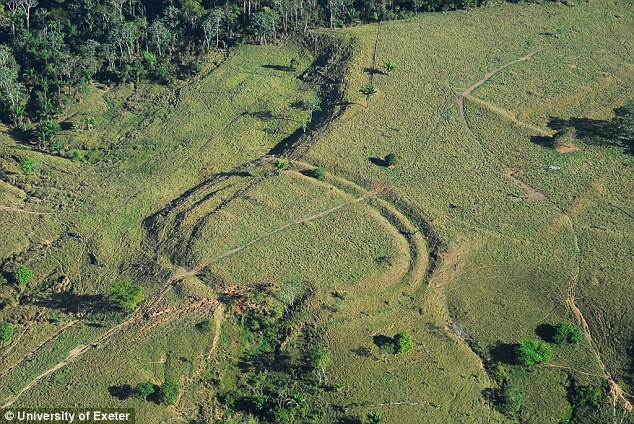The “Big Stone River” is a
chaotic jumble of massive boulders flowing down the slope of the Taganay Mountains
in the Southern Urals, on the territory of Chelyabinsk Oblast, Russia. The big river
of stone is 6 kilometers long and averages 200 meters in width and 700 meters
wide. The enormous rock slide is thought to have formed during the last
glaciation more than 10,000 years ago. Therefore, at that time, glaciers were
well covered the top of the ridges of the Taganay mountains reaching almost heights
up to 4,800 meters. Hence, under the gigantic weight of this ice, the top of
the mountain was pulverized into masses of large boulders. Moreover, when the
ice melted away, these rocks slowly slide down the hill making the Big Stone
River. The geological feature is named “river” only because it look like as such,
not because it really flows. Though, the rock slide has been sitting motionless
for thousands of years, as the river is occupied by big blocks of quartzite an
extremely compact and hard rock consisting of quartz including aventurine. This
is a form of quartz containing mica or iron compounds that provides it a
shimmering or glistening effect, weighing up to 9 to 10 tons each. The layer of
rocks goes down 6 meters deep.
More interestingly, as one reaching
the Big Stone River, the crisp sound of running water can be heard. The sound
is created by small streams running under the rocks. Therefore, the Big Stone
River is not the only stone river on earth though. Alike rivers of stone are
found in other regions of the Ural Mountains. Outside of Russia, numerous stone
rivers can be found in the Vitosha Mountain, in Bulgaria. One of the largest
extends over 2 km in length is located on the Subalpine plateaus at the
Zlatnite Mostove (‘Golden Bridges’) site in the upper course of Vladayska
River. One more stone river in Vitoshka Bistritsa River valley is up to 300 m
wide, and other stone run formations sprawl even wider on the mountain slopes.




















































